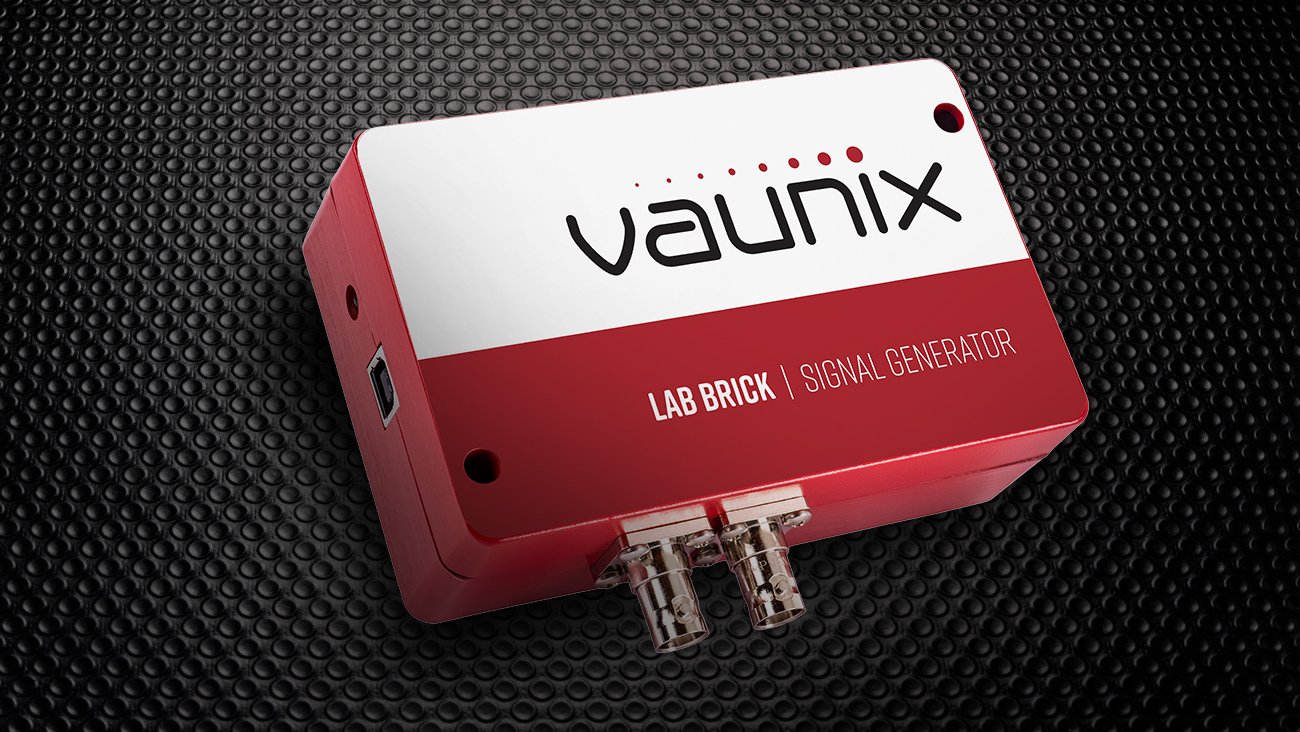6-18 GHz Signal Generator Offers up to 80 dB of Power Control Range

Lab Brick model LMS-183DX is an easily programmable digital signal generator that is useful in wireless ATE test stands and in radar testing and simulations.
The 6-18 GHz device is easily programmed via USB connection to a PC and includes insightfully designed GUI software that will get you up and running fast. The LMS-183DX has a power control range of 80 dB, +10 to -70 dBm from the 6 to 13 GHz, and a power control range of 65 dB, +10 to -55 dBm from the 13 to 18 GHz. This unit typically operates with a voltage stand wave ratio (VSWR) at 1:4:1 (2.0:1 maximum) and weighs less than one pound. Maximum harmonics are -25 dBc (-38 dBc typically) when the LMS-183DX is set to +10 dBm output power.
The LMS-183DX includes advanced on-board testing and simulation features such as phase-continuous linear-frequency sweeping, internal/external 10 MHz reference, and optional pulse modulation. This programmable signal generator can be operated through the included, easy-to-use graphical user interface (GUI) and retails at $3,499. Easily programmed for ATE applications, the LMS signal generators are a cost-effective solution whether you are in engineering, the production test lab, or in the field.
Units are RoHS compliant and can be used with any PC or laptop computer with USB 2.0 port (or powered USB hub) and Windows operating system. Lab Brick Signal Generators are provided with easy to use Lab Brick GUI software, 32 and 64 bit API DLL files, LabVIEW and Linux compatible drivers.
Learn more about this product and download the datasheet.



